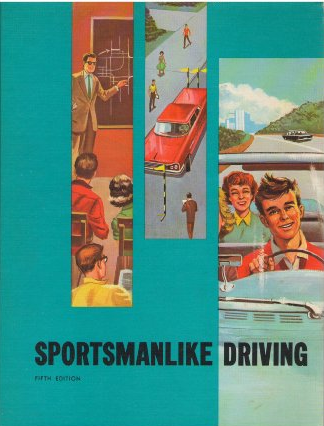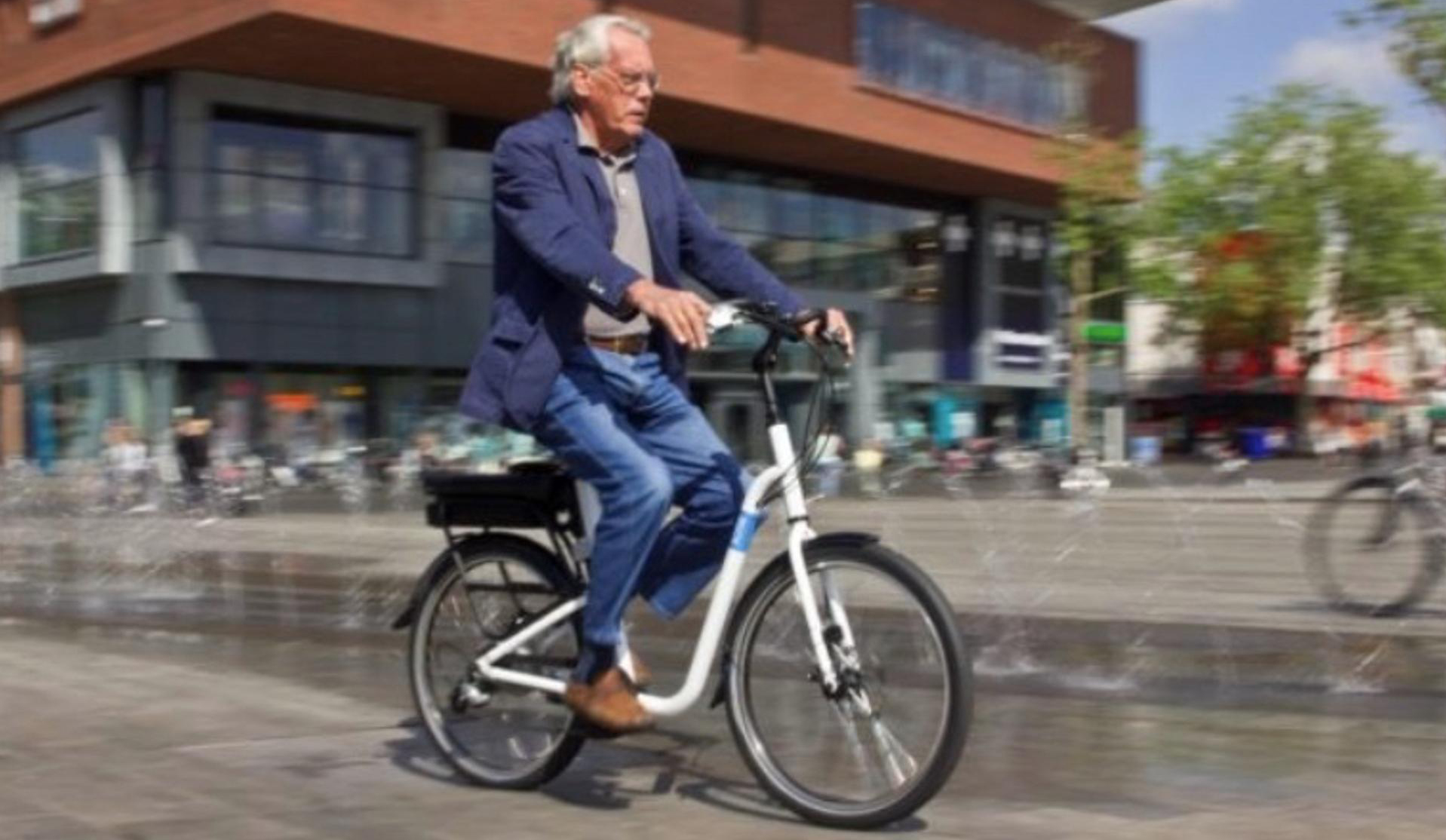In September, auditors in Georgia made a troubling discovery about their state’s teen driver education program: it wasn’t actually producing safer drivers.
The audit that produced that finding had been prompted by concerns over funding and fatal crashes involving the youngest motorists on the road — and indeed, Georgia’s program was found to be outdated and out of step with recommended national standards. Moreover, teens who had opted for self-paced online courses and an at-home “parent/teen guide” in lieu of traditional instruction had significantly worse safety outcomes than their counterparts who spent time in a classroom.
But some would argue the Peach State’s failings only reiterated a long-known truth: that “the notion that a traditional driver education course by itself can produce safer drivers is optimistic,” as the National Highway Traffic Safety Administration wrote in 2009.
The birth of the modern driver's education course
To understand why Georgia’s driver’s ed program isn’t working — and why it may be emblematic of a larger problem with America’s approach to road safety — it’s important to understand the origins of motorist education in the U.S. more broadly.
Developed in the 1930s by the American Automobile Association alongside the National Safety Council and car insurance industry — three organizations which belonged to what activist Ralph Nader once derogatorily called the “traffic safety establishment” — the modern driver education course was inspired by a national panic over road violence. Promoters of driver’s ed produced studies showing that the driver education curricula it produced cut unsafe driving, crashes, and fatalities in half or better.
As early as 1955, though, researchers were already beginning to find those courses “inadequate to prepare future drivers to meet requirements for a safer driving public.” And eventually, others warned that increasing the availability of driver’s ed through public funding and incorporating it into the high school curriculum would encourage driving at a younger ages before teens’ brains were adequately developed to the task — making roads less safe overall.
Nader’s efforts to expose the inadequacies of America’s approach to road safety eventually led to a set of novice teen driver’s ed standards developed by NHTSA in 2009. Among other things, these standards call for states to pair their educational efforts with graduated licensing systems that impose various restrictions on teen drivers — a move which the Insurance Institute of Highway Safety has found to far outweigh the safety benefits of driver’s ed alone.

To this day, though, the Advocates for Highway and Auto Safety say no states have implemented strict enough graduated licensing laws, which ideally would bar teens from driving at night, driving with other teen passengers without an adult present, securing permits before age 16, or securing a license without 70 hours of supervised driving.
Unfortunately, states are also under pressure to get teens into the driver’s ed classroom — and into the driver’s seat — as early as possible, whether or not they’re actually road-ready.
“High school is supposed to prepare a teen for life,” says Brett Robison of the Association of National Stakeholders in Traffic Safety Education. “Okay, well, what do they do every day of their life? You drive. Right? How do you get to work if you don't have a license?”
From driver's ed to road user's ed
Democrats in the Georgia legislature also want more driver’s ed in public high schools, even if the safety data doesn’t suggest it will save lives. In January, state representative Imani Barnes and her four co-sponsors introduced the “Safe Teens Act”, which would allow a driver’s ed course to count toward graduation and for it to be funded through local or state taxes, or other means
Even some advocates to end car dependency support that bill — albeit with a twist.
“I think it's a great idea to have it be part of the education system,” said Rebecca Serna, Executive Director of Propel ATL, which advocates for those who walk, bike, and roll in Atlanta. “[But] we should teach them how to manage their transportation needs, including driving safely — but also how to ride transit, how to bike safely, how to walk safely.”
Serna argues that Georgia should equip students with the tools they need to make good choices across the transportation landscape, rather than focusing on one mode alone. (In fact, Georgia’s Department of Transportation does offer some road safety curriculum for K-12 students, but not as part of driver education.)
Galen Mook, executive director of MassBike, agrees. His organization has teamed up with the Massachusetts Registry of Motor Vehicles to develop curriculum modules around vulnerable road users. Like Serna in Georgia, Mook thinks we need a more holistic approach to build empathy, like driver’s ed classes in which kids not only sit in the driver’s seat, but also navigate the streets in a wheelchair, “lace up a walker’s shoes,” and ride a bicycle.
Until those innovative approaches are launched and tested in more places, though, some fear that pumping more public funding into driver’s ed might be a waste.





